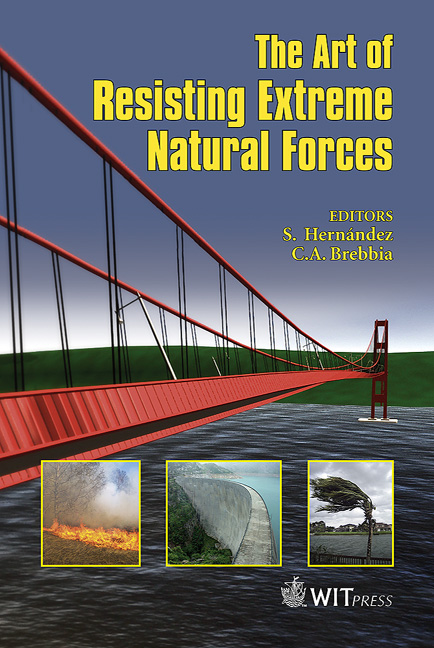Fire Risk Assessment Of Historical Areas: The Case Of Montemor-o-Velho
Price
Free (open access)
Transaction
Volume
58
Pages
10
Published
2007
Size
592 kb
Paper DOI
10.2495/EN070091
Copyright
WIT Press
Author(s)
M. L. A. Santana, J. P. Rodrigues, A. Leça Coelho & G. L. Charreau
Abstract
Historic constructions are different from contemporary ones for reasons associated with the old conception of villages or towns, and with the types of materials and constructive solutions used. Those characteristics make it difficult to adopt common fire risk assessment methods in the old areas of towns. In Portugal, fire risk analyses became more important after the 1988 fire in Chiado, in the historical area of Lisbon. The features of the area and the absence of any fire detection and suppression facilities led to the destruction of 18 buildings. This fire motivated the development of new fire safety regulations and more careful fire risk analysis countrywide. This paper first describes the characteristics of the historical areas of Portuguese towns/cities in terms of their buildings, streets, the existing means of first intervention, the characteristics of the fire brigades and other aspects. Then the methods of fire risk assessment normally used in these areas are summarized and compared, showing their strengths and weaknesses. Finally, the fire risk analyses carried out on Montemor-o-Velho, an old town in the centre of Portugal, are presented. The different methods used, the results obtained and the fire protection solutions adopted for the different areas and buildings are described. Keywords: fire, risk, evaluation, heritage, protection.
Keywords
fire, risk, evaluation, heritage, protection.





